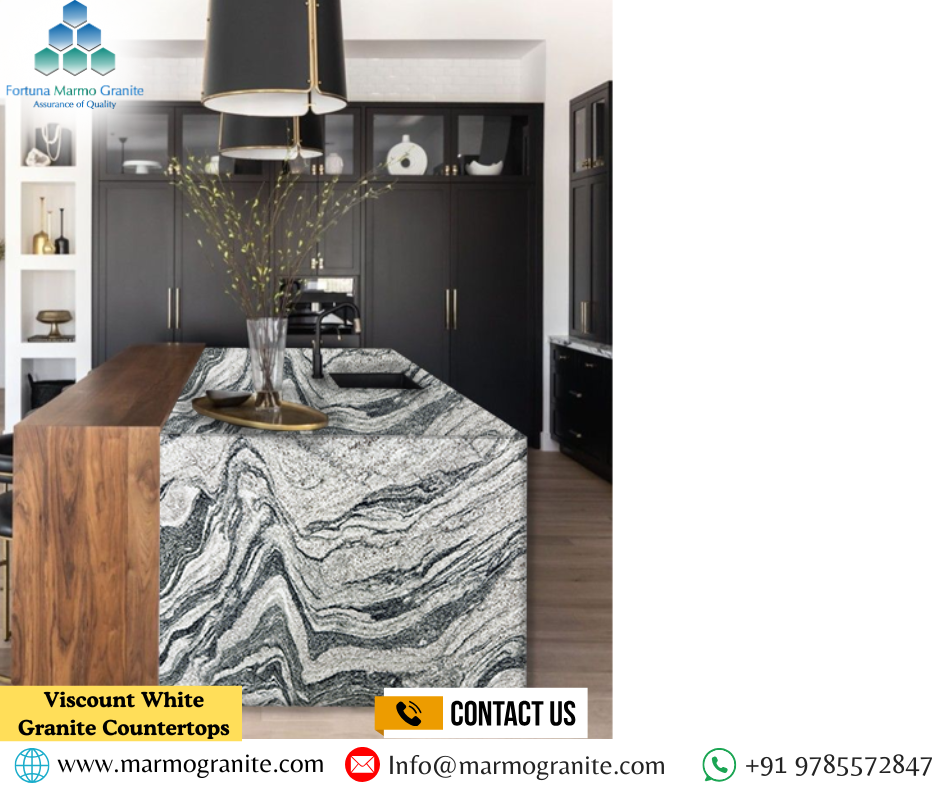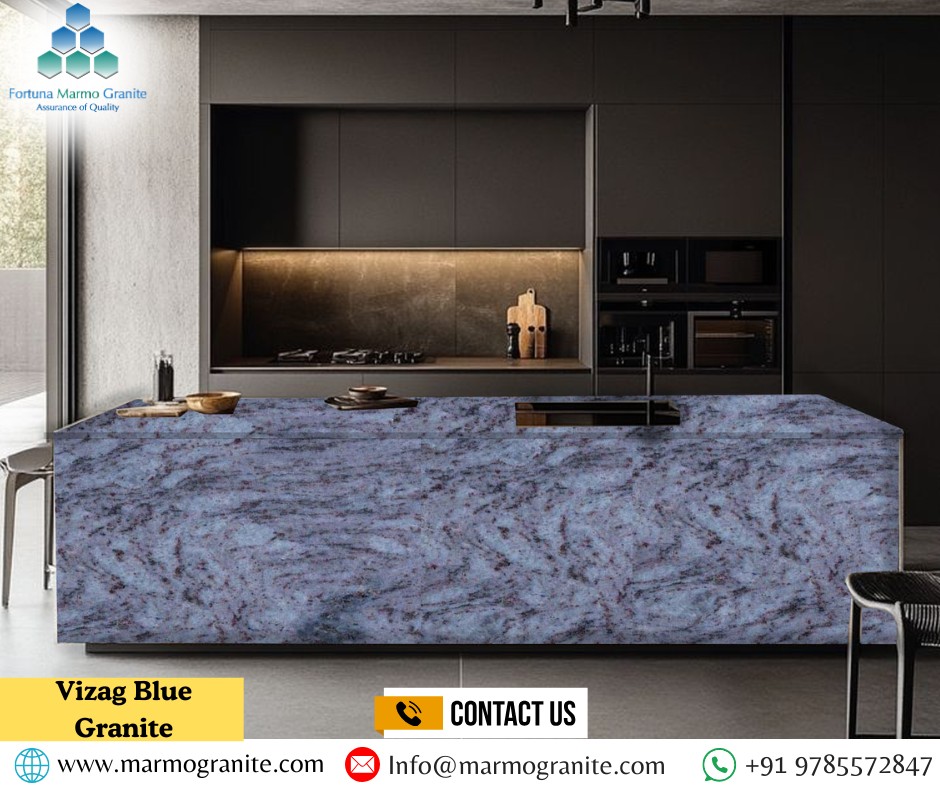Understanding the Differences Between Budget and Premium Granite
Granite has long been a symbol of elegance and durability in both residential and commercial spaces. From kitchen countertops to grand facades, this natural stone elevates the aesthetic of any space while offering remarkable resilience. However, not all granite is created equal. When selecting granite, buyers often face the choice between budget and premium options. Understanding the differences between the two can help make an informed decision that aligns with both style and budget.
1. Origin and Rarity
One of the most significant factors distinguishing budget granite from premium granite is its origin and rarity. Premium granite is often sourced from quarries that produce rare or exotic stone varieties. These quarries might be located in remote areas, making extraction and transportation more expensive.
In contrast, budget granite typically comes from quarries with abundant supply, where the stone’s color and pattern are more common. The rarity of certain minerals or the geological conditions required to create unique patterns can make some granite varieties more sought-after, increasing their price.
2. Color and Pattern
Color and pattern play a crucial role in determining the price of granite. Premium granite often showcases unique hues and intricate veining, which result from the natural formation process over millions of years. Colors such as deep blues, vibrant greens, or rare reds are rarities and are considered premium.
Budget granite, on the other hand, tends to feature more common shades like black, white, gray, and beige. The patterns in budget granite are usually simpler, with more uniform appearances, making them easier to source and manufacture at a lower cost.
3. Quality and Composition
Granite quality is measured by its mineral composition, density, and porosity. Premium granite tends to be denser and less porous, making it more resistant to stains, moisture, and damage. This high density translates to greater durability and lower maintenance requirements.
Budget granite may have slightly higher porosity, which means it requires more frequent sealing to prevent moisture absorption and staining. While still durable, it may not offer the same long-lasting performance as its premium counterpart.
4. Thickness and Slab Size
Another noticeable difference between budget and premium granite lies in the thickness and size of the slabs. Premium granite is typically available in thicker slabs, often around 3 centimeters, which adds to its strength and durability. These slabs are ideal for high-traffic areas or spaces where heavy use is expected.
Budget granite, however, is commonly available in thinner slabs of around 2 centimeters. While this is still suitable for most applications, it may require additional support during installation, potentially increasing labor costs.
5. Finish and Craftsmanship
The finish applied to granite also impacts its classification. Premium granite often undergoes extensive polishing, honing, or leathering to achieve a flawless surface. The craftsmanship involved in refining these stones further justifies their higher price.
In comparison, budget granite might not receive the same level of detailed finishing. Although the stone is still polished and sealed, the surface might lack the mirror-like sheen or silky smoothness that characterizes premium varieties.
6. Installation Costs
Installing granite is a meticulous process that requires skill and precision. Premium granite installation may cost more due to the additional care needed to handle thicker, heavier slabs and align complex patterns seamlessly. Installers may also charge higher fees for working with rare or delicate stones.
Budget granite, being more uniform and lightweight, tends to be simpler to install. This reduces the labor costs, making it a more affordable option overall.
7. Longevity and Maintenance
When it comes to longevity, premium granite holds a clear advantage. Its dense composition makes it more resistant to scratches, heat, and moisture, ensuring it retains its beauty for decades with minimal upkeep.
Budget granite, while still durable, requires a bit more maintenance. Regular sealing is essential to prevent staining and moisture absorption. With proper care, budget granite can still offer years of service, but the difference in long-term performance is noticeable.
8. Application and Purpose
- The intended application often dictates the choice between budget and premium granite. For high-traffic areas like kitchen countertops or flooring, premium granite offers better durability and a luxurious appearance that adds long-term value.
- Budget granite works well for areas with less wear and tear, such as bathroom vanities, backsplashes, or decorative wall features. It provides an affordable way to enhance aesthetics without compromising too much on quality.
- Budget Considerations
Budget naturally plays a significant role in decision-making. Premium granite can be a substantial investment, but it often adds more value to a property over time due to its durability and unique appearance.
For those with tighter budgets, budget granite is an excellent alternative. It offers the same fundamental benefits of granite—strength, beauty, and longevity—at a more accessible price point.
- Environmental Impact
Lastly, the environmental impact of granite sourcing and processing varies between budget and premium varieties. Premium granite may have a larger carbon footprint due to transportation from remote quarries. However, some premium suppliers adhere to sustainable practices, ensuring ethical quarrying and minimal environmental impact.
Budget granite, sourced locally or from more accessible quarries, may have a smaller carbon footprint, making it a more eco-conscious choice in certain cases.


